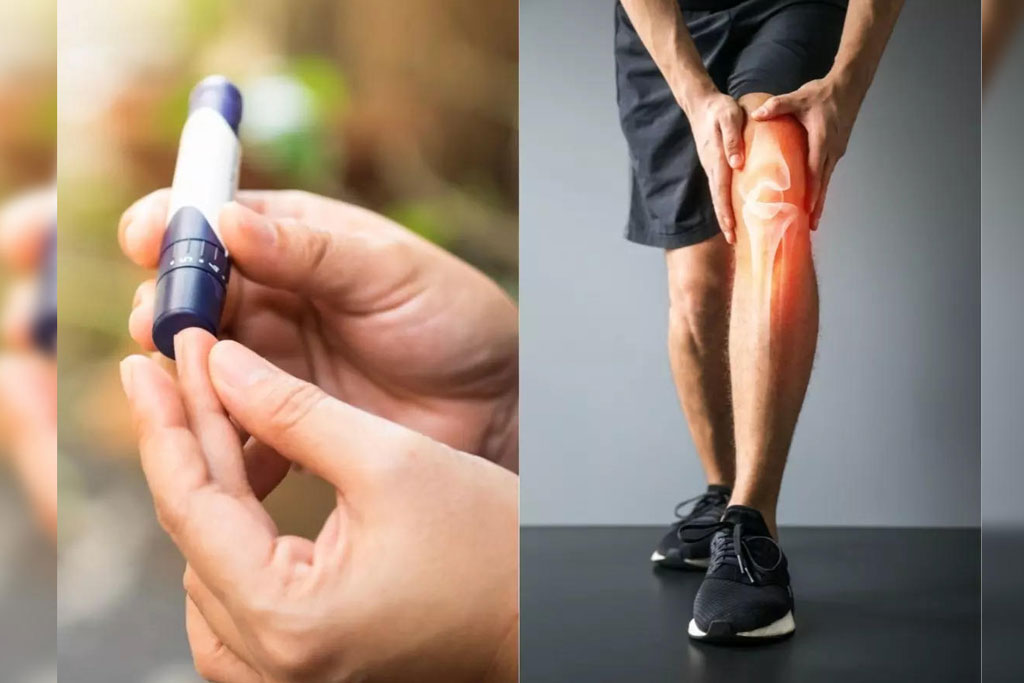Diabetes can damage joints, making life and movement much harder. Joint pain is often called “arthritis.” Joint cartilage can be damaged by injuries or by wear and tear with hard use. “Aging alone can lead to some loss of the cartilage layer in knee, hip, and other joints.
Here are 14 things we can do to prevent and treat joint problems and to keep moving.
• Stretching keeps muscles and tendons relaxed and aligned so they’ll move as needed.
• Do resistance training to strengthen muscles around the joints. Again, you might want to get some advice, because too much of the wrong exercise can be harmful. You want to build up slowly.
• Aerobic exercise like walking or swimming usually improves hip and knee function. Water exercise classes are great for most people with painful joints, because the water carries some of the weight. Bike riding has almost no impact, so it can be done when joints hurt.
• Vary your activities. Do a mix of physical things. For instance, if you’re hanging clothes, stop before the pain comes and do something else or rest, then come back to it. Avoid repetitive, high-impact exercises like running, jumping, tennis, and high-impact aerobics.
• Improving glucose control will keep your joints from getting sugar-coated and stiff.
• Rest joints when they hurt to allow them to heal properly.
• Losing a few pounds may reduce your pain.
• Use heat and cold therapy. Icing joints after activity for 10–15 minutes can cool them down and reduce inflammation. Applying heat to them while resting can help them start moving and healing again.
• Keep affected joints, usually knees and hands, warm with wraps and gloves in cold weather.
• Medicines like acetaminophen (brand name Tylenol and others) or ibuprofen (Motrin or Advil) can help with pain and inflammation. There are also stronger, prescription medicines if you need them.
• With your doctor’s OK, try supplements. Mainstream medicine used to scoff at supplements, but things have changed.
Most of the joint pain involves stiffness in muscles and wear and tear of tissues. Painazone helps in reducing the stiffness in muscles and also maintains bone tissues. It provides a complete joint support and helps immensely in reducing the pain, stiffness and discomfort. Painazone relieves pain and inflammation, prevents work disability and improves quality of life and functional independence. As you age, your synovial fluid, the natural lubricator that protects your joints from deterioration, breaks down. Painazone helps to restore the normal thickness of joint fluid and prevent further joint damage.
